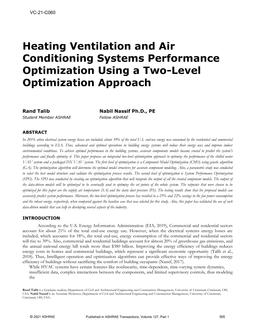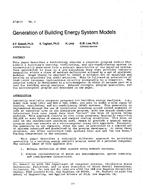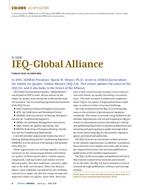Click here to purchase
Climate change forces us to extend energy saving measures to the building stock including heritage buildings. In theory, saving potentials in space heating demand up to factor 5-10 could be feasible in Central Europe. However, as façades are often heritage site, interior insulation often remains the only solution for reducing the space heating demand sufficiently. Unfortunately, retrofitting with interior insulation can increase the moisture content in walls and ceilings significantly. Often, heritage façades are already in critical conditions before retrofitting. Thus, additional humidity can easily cause moisture damages, especially in organic material such as timber. Therefore, this research analyzes the interaction between driven rain, diffusion and capillary suction and its impact on the building construction. The focus of this study is on beam ceilings, as such ceilings are very sensitive. Critical are mainly the beam heads, which cool down significantly when walls are insulated from inside. The cooling increases the relative humidity which can cause damages. In extreme cases, this can cause dry rot. Extensive transient hygrothermal simulations were conducted in 2D. Variations on climate, orientation, insulation material, insulation thickness and water repellent coatings were carried out. The outcomes show a significant impact of the (local) climate on the humidity. In particular the amount of driven rain has a strong impact. Weather averted facades were usually uncritical, but moisture accumulation at weather sides was extremely dependent on the water-repellency of the plaster and its coating. Constructions with vapor barriers or vapor retarders caused lower moisture accumulation than constructions with capillary active insulation materials. The capillary transport of such capillary active insulation materials usually just starts, when the critical moisture content in the timber head is already reached. Hence, the ability for capillary transport is mostly no advantage for the moisture protection of beam heads in beam ceilings. Outcomes are simplified guidelines for the assessment of risks and potentials in façade insulation of heritage buildings in Central European climate.
Citation: 4th Intl Conf: Efficient Bldg Design
Product Details
- Published:
- 2020
- Number of Pages:
- 8
- Units of Measure:
- Dual
- File Size:
- 1 file , 1.3 MB
- Product Code(s):
- D-ICEB20-09


